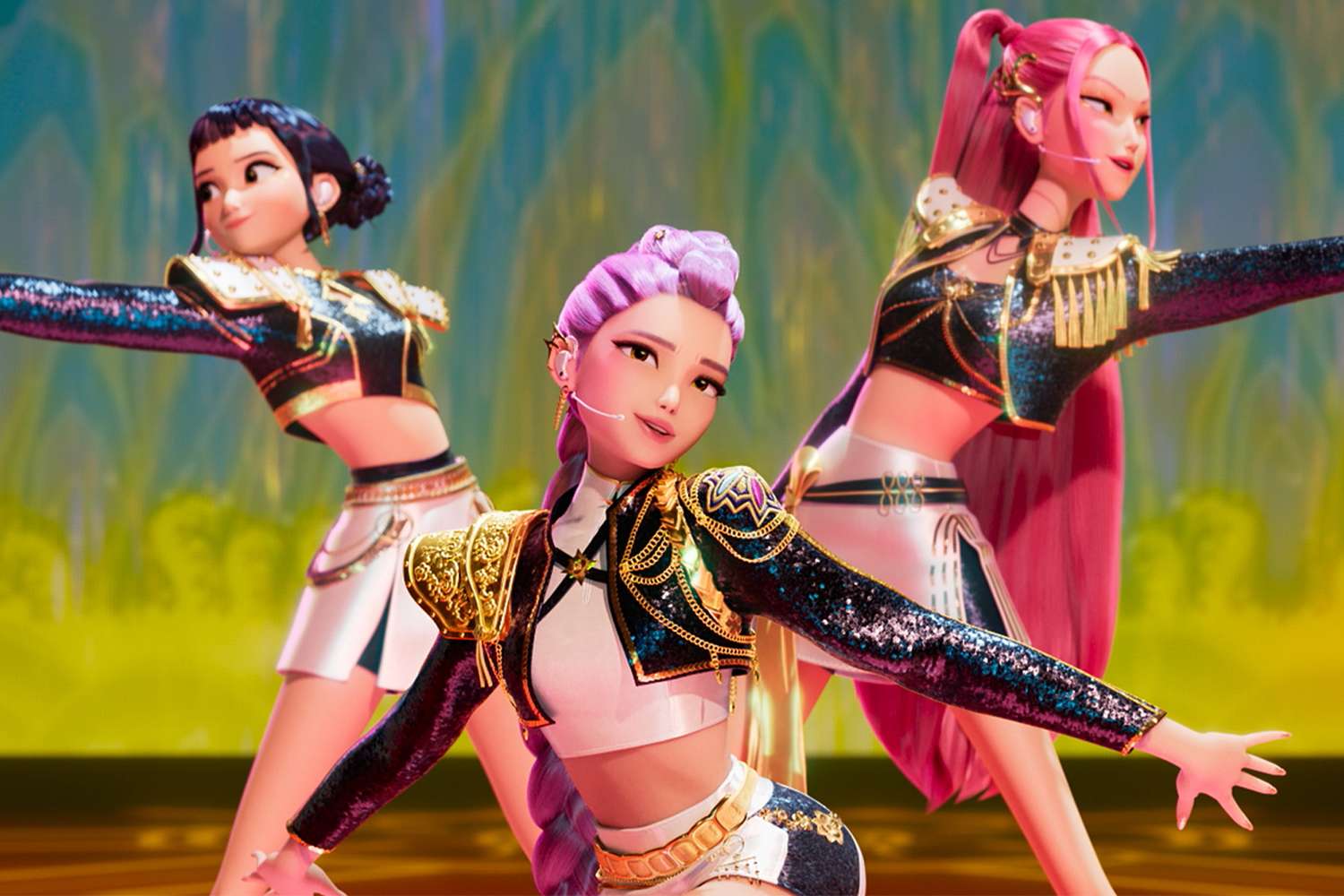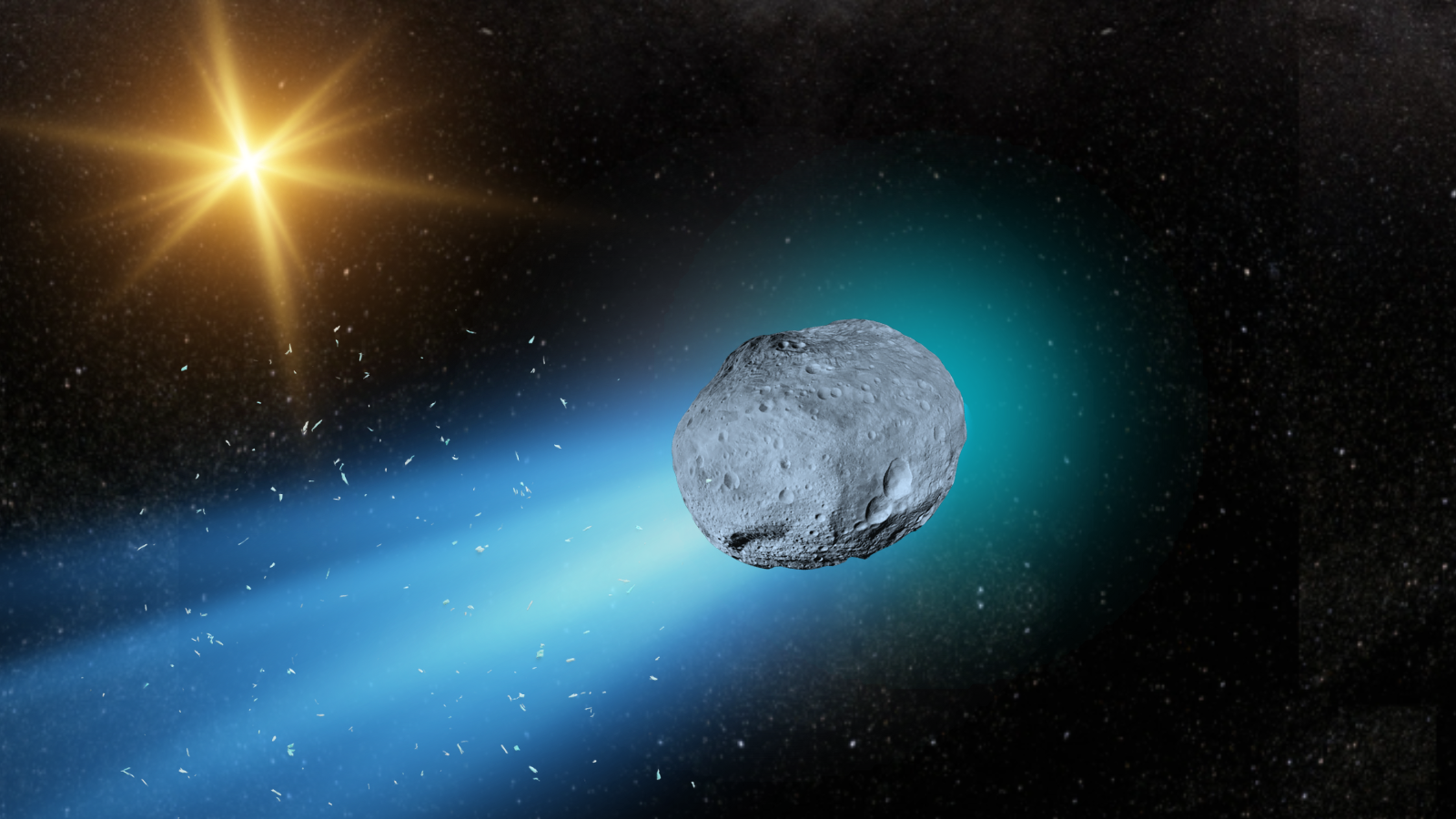Since its debut on June 20, 2025, K-Pop Demon Hunters has done more than just capture the attention of streaming audiences — it’s become a cultural phenomenon. The animated film follows fictional K-Pop girl group HUNTR/X as they use their voices and magical powers to protect the world from soul-stealing demons, combining dazzling visuals, heartfelt storytelling, and infectious music into a one-of-a-kind experience.
Now, with chart-topping songs on Billboard and Spotify, global fan hysteria, and Netflix calling it “our Frozen,” the franchise is poised to expand — with two sequels, a stage musical, and controversially, a live-action remake. But will the magic translate?
From Streaming Sensation to Cultural Juggernaut
At first glance, K-Pop Demon Hunters seemed like a fun, niche project. But thanks to its richly animated aesthetic, endearing characters like Rumi, Zoey, and Mira, and a soundtrack that has taken over club playlists and music charts alike, it quickly became Netflix’s most-streamed animated movie of the year.
The song “Golden” by HUNTR/X now sits comfortably in Billboard’s Top 100. Meanwhile, fans can’t get enough of the Saja Boys — the antagonistic demon idol group — whose blend of K-pop glamour and supernatural menace has made them a breakout sensation in their own right.
The movie’s directors, Maggie Kang and Chris Appelhans, spent nearly a decade crafting the story, drawing on Korean mythology, shamanic rituals, and the idol industry’s high-stakes glamour. Their passion is evident in every explosive performance, heart-wrenching character moment, and neon-drenched transformation.
Live-Action Remake: Ambition or Overreach?
With its massive success, it’s no surprise that Netflix is eyeing expansion. But while sequels and a stage musical feel like organic next steps, the announcement of a live-action remake has fans deeply divided.
Critics argue that the film’s unique power lies in its animation — not just as a visual style, but as an essential narrative tool. From high-flying sword fights to Sailor Moon-style transformations, the animation allows for a level of expressive exaggeration and surrealism that simply can’t be duplicated in live action without losing emotional or artistic impact.
More importantly, K-Pop Demon Hunters proves that animation isn’t just for kids. Its exploration of identity, grief, and perfectionism resonates with a wide demographic — teens, young adults, and even clubgoers — making the argument for animation as a valid, powerful storytelling medium in its own right.
Replacing that with actors and CGI could dull what makes K-Pop Demon Hunters so electrifying.
Where the Franchise Should Head Next
While a live-action version may draw box office attention, fans and critics alike are pushing for smarter ways to expand the universe. A K-Pop Demon Hunters video game seems like a natural fit, offering fans the chance to step into the world of HUNTR/X and fight demons through rhythm-based combat and character-driven missions.
A TV series could also explore uncharted lore — like the origin of the Saja Boys, the spiritual legacy of the mudang (shaman women), or the deeper history of Rumi’s mysterious parents, one of whom may be a demon. These side stories would flesh out the universe while keeping its emotional core intact.
Derpy the tiger and Sussy the magpie, beloved comic-relief sidekicks based on Korean folklore, also deserve more screen time — perhaps even a standalone short or children’s series.
Conclusion: Keep the Soul Intact
Netflix and Sony Animation have a genuine hit on their hands. K-Pop Demon Hunters is more than a film; it’s a movement that blends pop culture, mythology, and heartfelt storytelling into an unforgettable experience.
But in the rush to monetize its success, it’s important not to lose sight of what made the original film special: bold, expressive animation, culturally resonant themes, and a fresh, fearless take on the K-pop genre.
A live-action remake may attract new viewers — but unless it can match the soul, spectacle, and sincerity of the original, it risks diluting the very magic that fans fell in love with.
Let the sequels come. Let the musical shine. But maybe, just maybe, some stories are best told through the kaleidoscope lens of animation.




